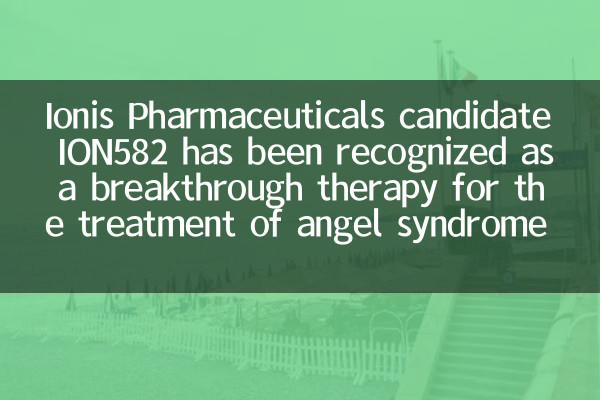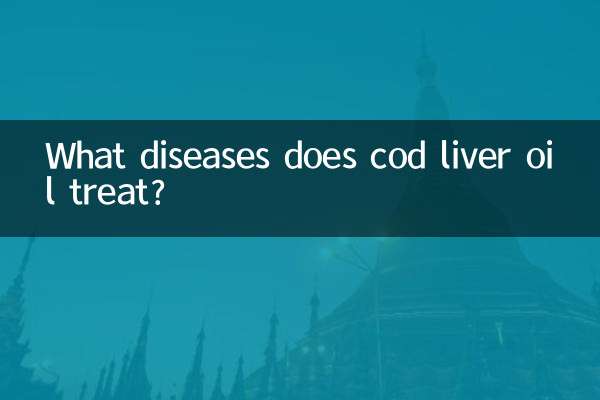Ionis Pharmaceuticals candidate ION582 has been recognized as a breakthrough therapy for the treatment of angel syndrome
Recently, Ionis Pharmaceuticals announced that its drug candidate ION582 has been awarded the Breakthrough Therapy Designation by the U.S. Food and Drug Administration (FDA) for the treatment of Angelman Syndrome. This recognition marks an important milestone in clinical development of the drug and also brings new hope for patients with angel syndrome.
Introduction to Angel Syndrome

Angel syndrome is a rare neurodevelopmental disorder caused by a lack of function in the UBE3A gene. Patients usually present with severe developmental delays, speech disorders, motor disorders, epilepsy seizures, and unique happy behavioral characteristics. There is currently no radical cure for this disease, and the treatment is mainly to relieve symptoms.
The mechanism of action of ION582
ION582 is an antisense oligonucleotide (ASO) drug designed to restore its expression by targeting the paternal allele of the UBE3A gene, thereby compensating for the functional loss of maternal allele. This innovative therapy promises to fundamentally improve symptoms in patients with angel syndrome.
The significance of breakthrough therapy recognition
The FDA's breakthrough therapy identification is designed to accelerate the development of drugs targeting severe or life-threatening diseases. Drugs that have obtained this certification can enjoy more frequent FDA communication, priority review and other preferential policies, so as to enter the market faster.
Clinical progress of ION582
The following are the currently known clinical development progress of ION582:
| stage | state | Number of patients | Main endpoint |
|---|---|---|---|
| Preclinical research | Completed | N/A | Drug safety and mechanism verification |
| Phase I/II clinical trials | in progress | About 50 cases | Safety and initial efficacy |
| Phase III clinical trial | Planned | To be determined | Confirmation of efficacy |
Market prospects and competitive landscape
The Angel Syndrome drug market is currently in its early stages, and ION582 is one of the few drug candidates to enter clinical development. The following are the main drugs under development for angel syndrome:
| company | Drug name | mechanism | Development stage |
|---|---|---|---|
| Ionis Pharmaceuticals | ION582 | ASO targets UBE3A | Phase I/II |
| Roche | RG6090 | Gene Therapy | Preclinical |
| Ultragenyx | GTX-102 | ASO targets UBE3A | Phase I/II |
Expert opinion
"ION582's breakthrough therapy recognition is an exciting advance. ASO technology provides the possibility of precise treatment for single-gene genetic diseases such as angel syndrome. While more clinical data is needed, this recognition undoubtedly accelerates the development of potential treatment options."
Patient tissue reaction
Amanda Moore, CEO of the Angel Syndrome Foundation, commented: "We are very pleased to see ION582 obtain this important recognition. Patient families have been waiting for effective treatment options for years. This progress has given us hope and a reminder of the importance of continuing to support relevant research."
Next plan
Ionis plans to complete the Phase I/II clinical trial in 2024 and advance the Phase III study based on the results. The company said it will make full use of the advantages of breakthrough therapies identification, maintain close communication with the FDA, and accelerate the development process.
Investor reaction
Affected by this news, Ionis Pharmaceuticals (NASDAQ:IONS) stock price rose about 7% on the day of the announcement. Analysts expect that if ION582 is finally approved, its annual sales may reach $500-1 billion.
Summarize
ION582's FDA breakthrough therapy recognition is an important breakthrough in the field of angel syndrome treatment. This progress not only reflects the potential of ASO technology in the treatment of genetic diseases, but also brings new therapeutic hope to the patient population. As clinical trials advance, the medical community will closely monitor the safety and efficacy data of the drug.

check the details

check the details